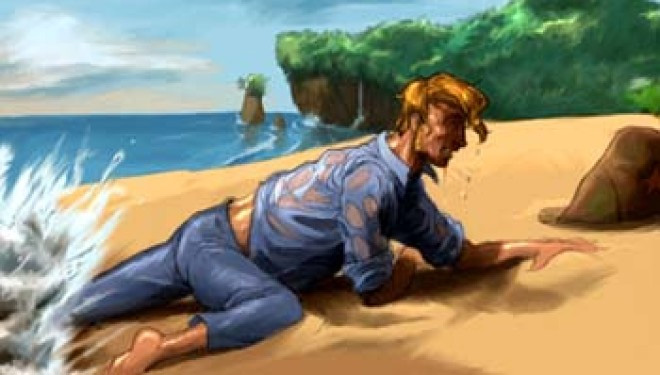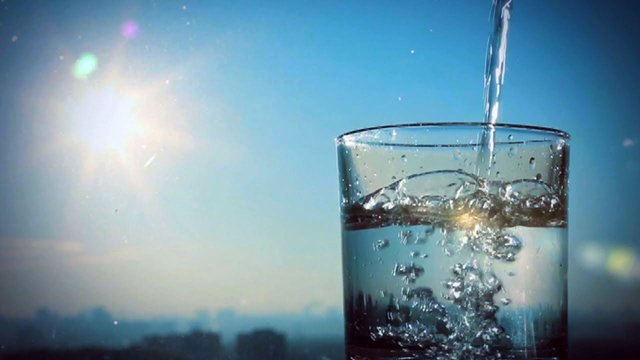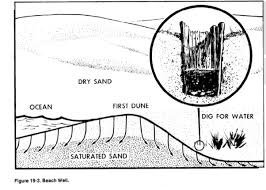Surviving on Sea Water

Do you ever find yourself daydreaming, on how you would survive if you were stranded on an island or find yourself in the middle of the sea with no resources? In movies and TV series we see these situations a lot but wouldn't it be great if life was easy like the movies. At first glance it might seem that your first priority would be finding food sources but human body can go without eating for at least a week, whereas without water you would go for maximum two or three days, even less if you move around. Aside from prioritizing liquid intake, islands are filled with easy to find nutrition sources like kelps, seaweeds, mussels, urchins and fish which can be handled with ease to find if you know what you are doing. Our bodies can maintain energy and liquid balance for some time by burning down stored fats, yielding water and energy but the process of spending is much more higher and we don't go around with water desalination devices.

For those who don't know what desalination is; it's the process of purifying water from salt using a method called reverse osmosis. Reverse osmosis plants are used by many countries without natural water resources despite being an expensive process. This process purifies the water by reducing the salt content by ~99.8%[1]. If you are curious like me on desalination devices or survival gear I suggest you visit Katadyn's website, they are a Swiss company and the market leader for desalination.
First of all, you should never drink seawater even if you are on the verge of dying from dehydration. A kidney cannot make urine from a concentration of salts of more than 2%. Seawater is made up of approximately 3% salt, so if we drink it to quench our thirst the kidneys have to use existing water from our body in order to dilute the extra salt, which in turn makes us feel even thirstier[2]. Although there are small filters powered by handheld pumps we don't carry them around, just don't lose hope yet, there are many makeshift methods on producing clean water. They might be inefficient but can be lifesaving in survival situations.

Our first method will be using a plastic wrap and sun as a heat source. You should make sure the pit is air tight, allowing the accumulation of water vapor inside the environment. On top of the wrap you should place some pebbles creating a parabolic shape so that the vapor that condenses on the sheet will move downwards and start dripping in to the container. This method can also work with the moisture from the soil or even with plant leaves, but adding sea water around the container will fasten the process.

Another trick which is to dig a well to access fresh water that sits on top of seawater which is denser. The best location is behind hills or sand dunes where the depression is around sea level or higher. Rainwater collects here and can sometimes be accessed with only 50 centimeters of digging. Just don't forget to boil the water so you don't contact unwanted parasites and bacteria.

This method can save lives
I suggest all reDing this save this for Emergancy! Great post 👍
This post has received a 10.69% upvote from @msp-bidbot thanks to: @madbuddhaabuser. Delegate SP to this public bot and get paid daily: 50SP, 100SP, 250SP, 500SP, 1000SP, 5000SP Don't delegate so much that you have less than 50SP left on your account.
Good initial post, people need to practice these skills in order to be proficient in them...